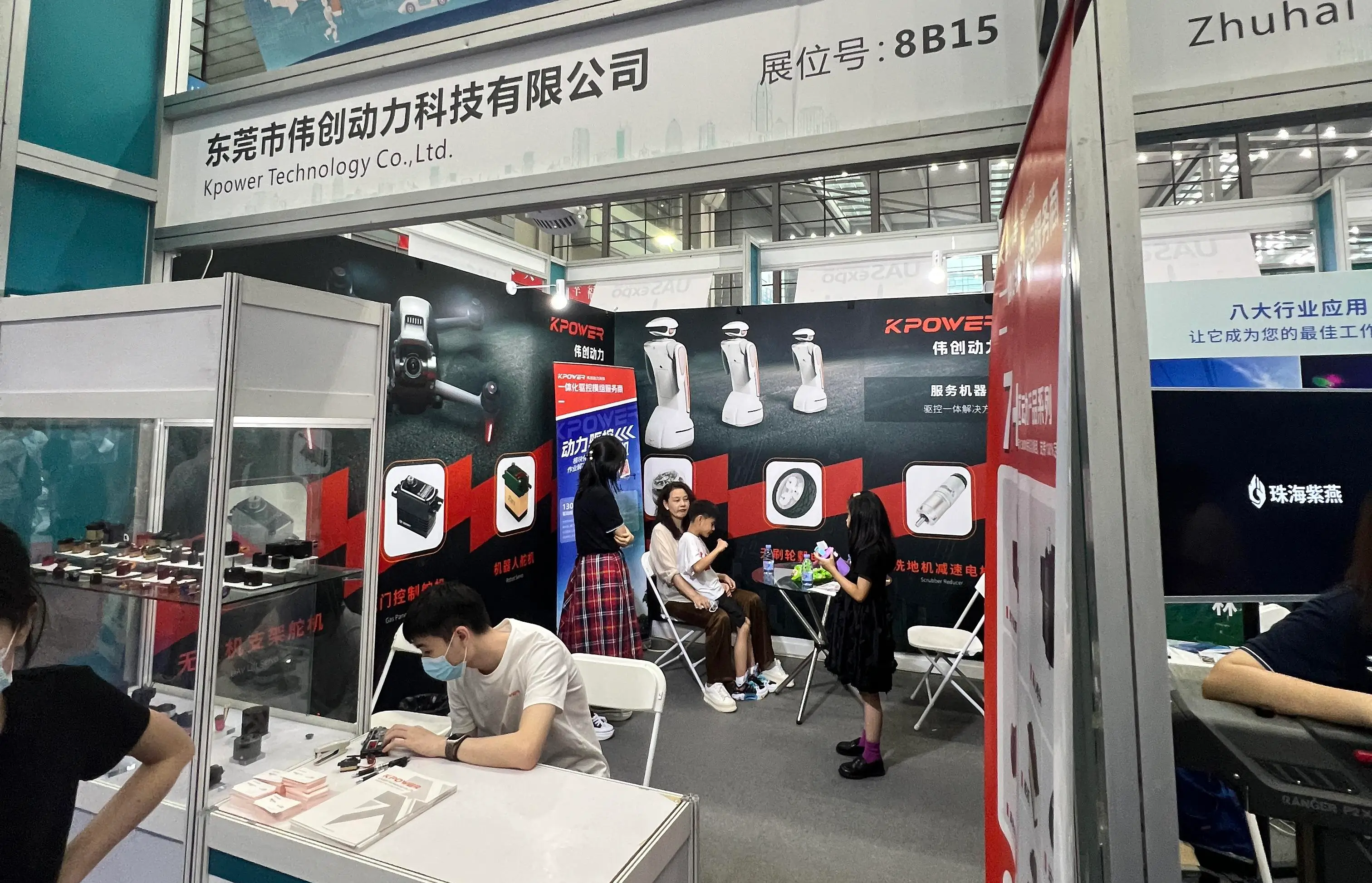part 1:
Revving Up Reliability: A Friendly Guide to Yamaha Motor Gear Replacement
Your Yamaha motorcycle isn’t just a machine; it’s an extension of your freedom, your adventure partner, and sometimes your best friend on the road. Like any finely-tuned beast, it needs regular care and occasional repairs to stay at its best. Among the key components that keep your Yamaha purring smoothly is the motor gear—a small but vital part that ensures your power transfer is seamless and dependable.

If you've been noticing odd sounds, hesitant acceleration, or a feeling that the engine isn’t pulling as it used to, the gear might be showing signs of wear or damage. Don’t worry—while motor gear replacement might sound intimidating, with the right knowledge and a bit of patience, you can handle it yourself or confidently coordinate with your trusted mechanic.
Understanding the Motor Gear's Role
First, let’s talk about what this gear actually does. Inside your Yamaha’s engine, the motor gear is part of the gear train—an intricate system of gears that convert engine movement into smooth rotation of the wheels. It’s responsible for synchronizing power delivery, maintaining engine timing, and ensuring that your motorcycle operates efficiently.
Over time, exposure to heat, friction, and the natural wear and tear of riding can cause the motor gear to degrade. Symptoms of a failing gear include unusual noises—sort of a grinding or whining sound—vibrations during acceleration, or even a sudden loss of power. When these symptoms appear, it’s time to consider inspecting and replacing the gear before further damage occurs.
When to Consider Motor Gear Replacement
Knowing when to replace the motor gear can save you a lot of trouble down the line. Keep an ear out for strange sounds during rides—particularly if you hear a metallic grinding or whine from the engine area. Feel how your bike accelerates; any hesitation or inconsistency might point to gear issues.
Additionally, routine maintenance checkups are ideal opportunities to have your mechanic examine the gear system. If your Yamaha has high mileage—say over 20,000 kilometers—or if you notice the engine’s response changing, it’s wise to get a professional diagnosis. Sometimes, gear wear isn’t immediately obvious, but a trained eye can detect the subtle signs that warrant replacement.
Gathering Your Tools and Parts
Before diving into the replacement process, gather the necessary tools. Typically, you’ll need a set of screwdrivers, wrenches, pliers, and possibly a bearing puller. It’s also crucial to source a genuine Yamaha replacement motor gear—using OEM (Original Equipment Manufacturer) parts ensures compatibility and longevity. Many Yamaha dealerships or trusted motorcycle parts suppliers can help you find the right gear model tailored to your motorcycle’s make and year.
It’s also a good idea to have some lubricant—engine oil or specific lubricants recommended by Yamaha—to ensure smooth operation after the repair. Keep a clean workspace, as working on your motorcycle's engine demands care—wear gloves, keep track of small parts, and take your time.
Step-by-Step Approach to Replacing the Motor Gear (Overview)
While detailed instructions will come later, a general overview can give you a sense of what's involved:
Preparation: Ensure the motorcycle is cooled down, securely supported on a stand, and the battery disconnected for safety. Access: Remove the side covers, engine casing, or any protective panels exposing the gear system. Inspection: Examine the existing gear for signs of wear or damage—cracks, chipped teeth, or excessive play. Removal: Carefully detach the faulty gear, noting how it was installed. Installation: Fit the new Yamaha motor gear, ensuring proper alignment and engagement. Lubrication and Reassembly: Apply fresh lubricant, re-assemble the covers, and double-check everything is tight and secure. Testing: Start your motorcycle, listen for smooth operation, and take a short test ride to confirm the repair's success.
In the next part, I’ll walk you through each of these steps in detail, along with tips to avoid common pitfalls and ensure your Yamaha is back in top shape.
Established in 2005, Kpower has been dedicated to a professional compact motion unit manufacturer, headquartered in Dongguan, Guangdong Province, China.




































